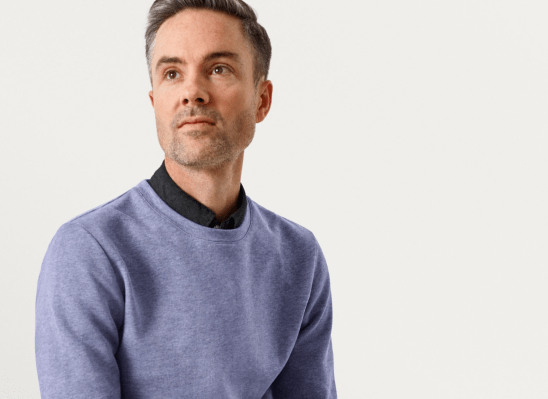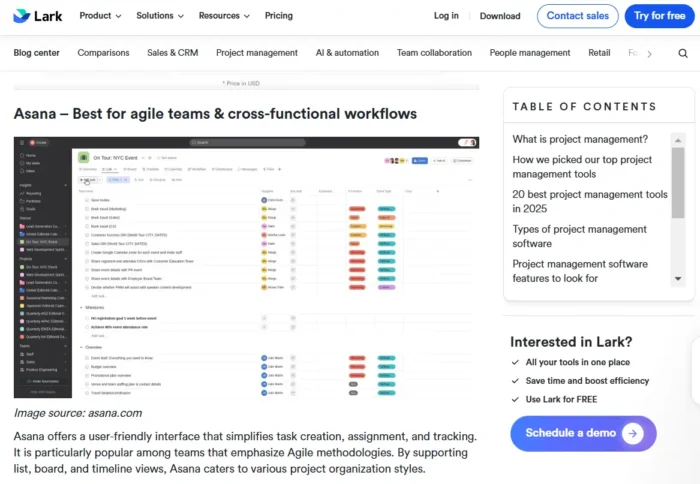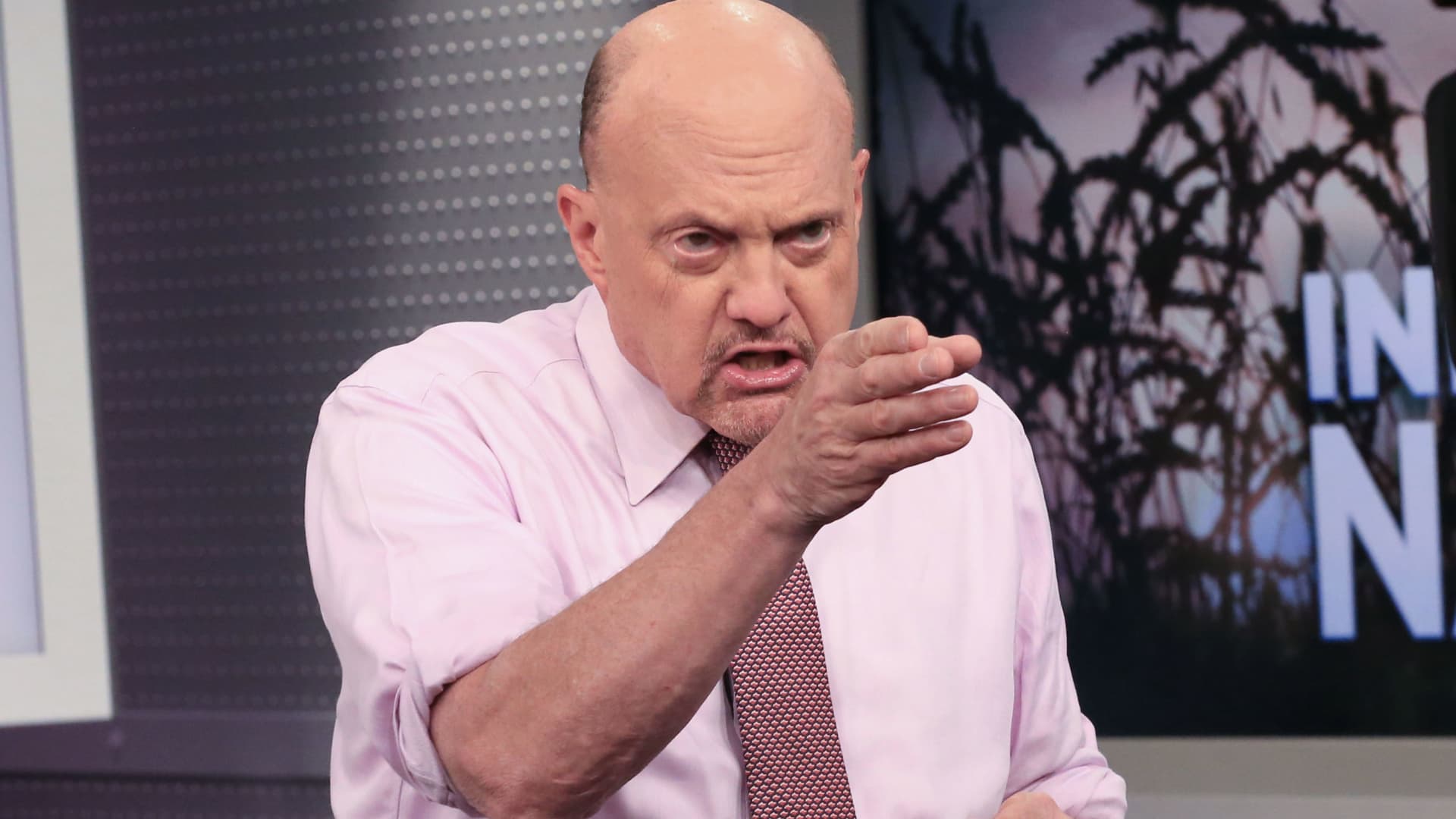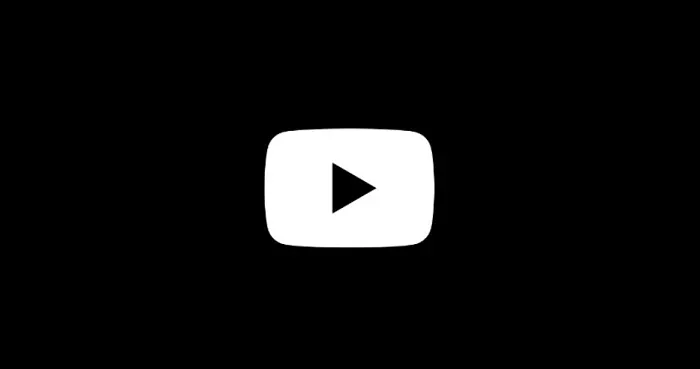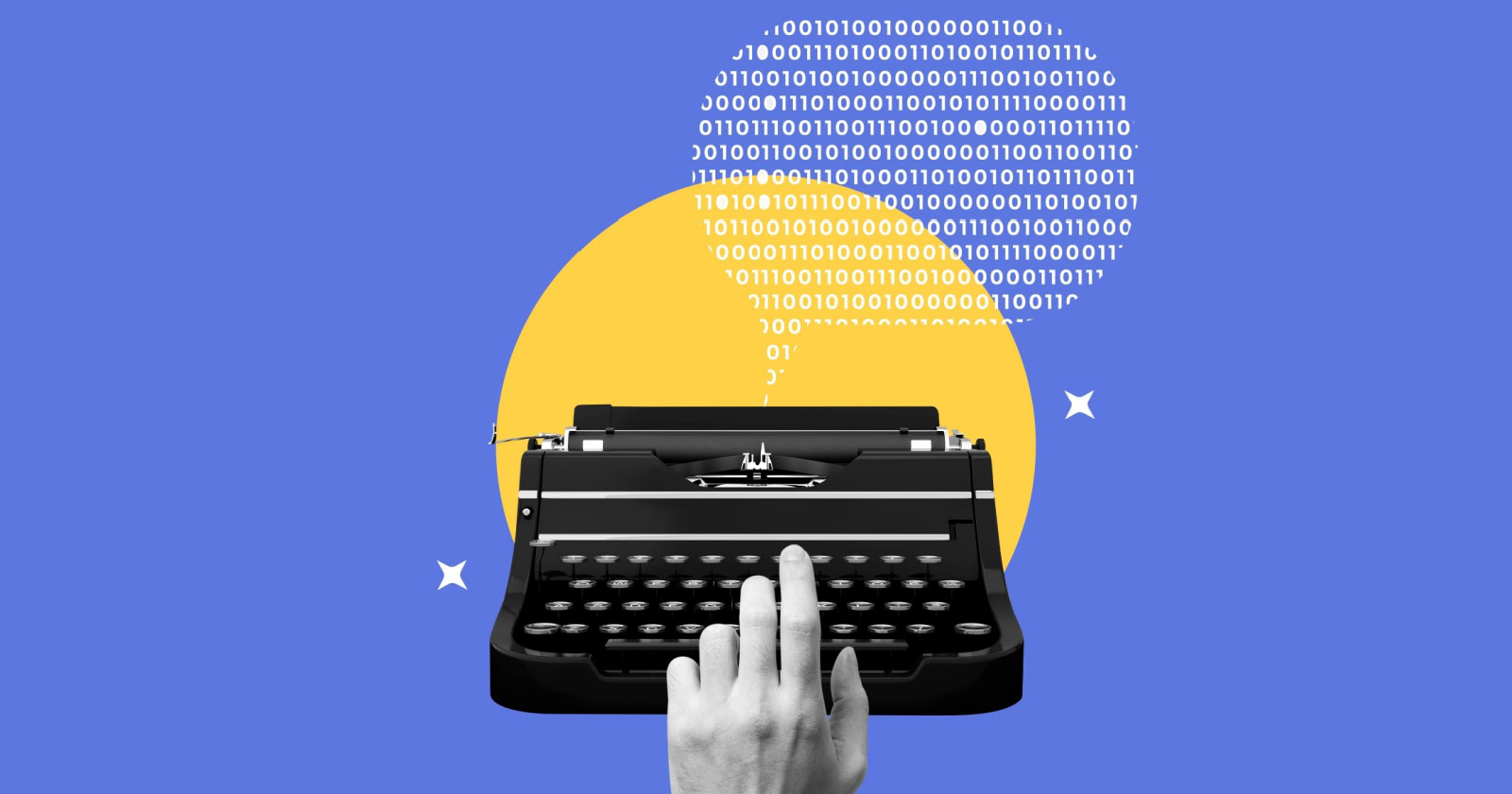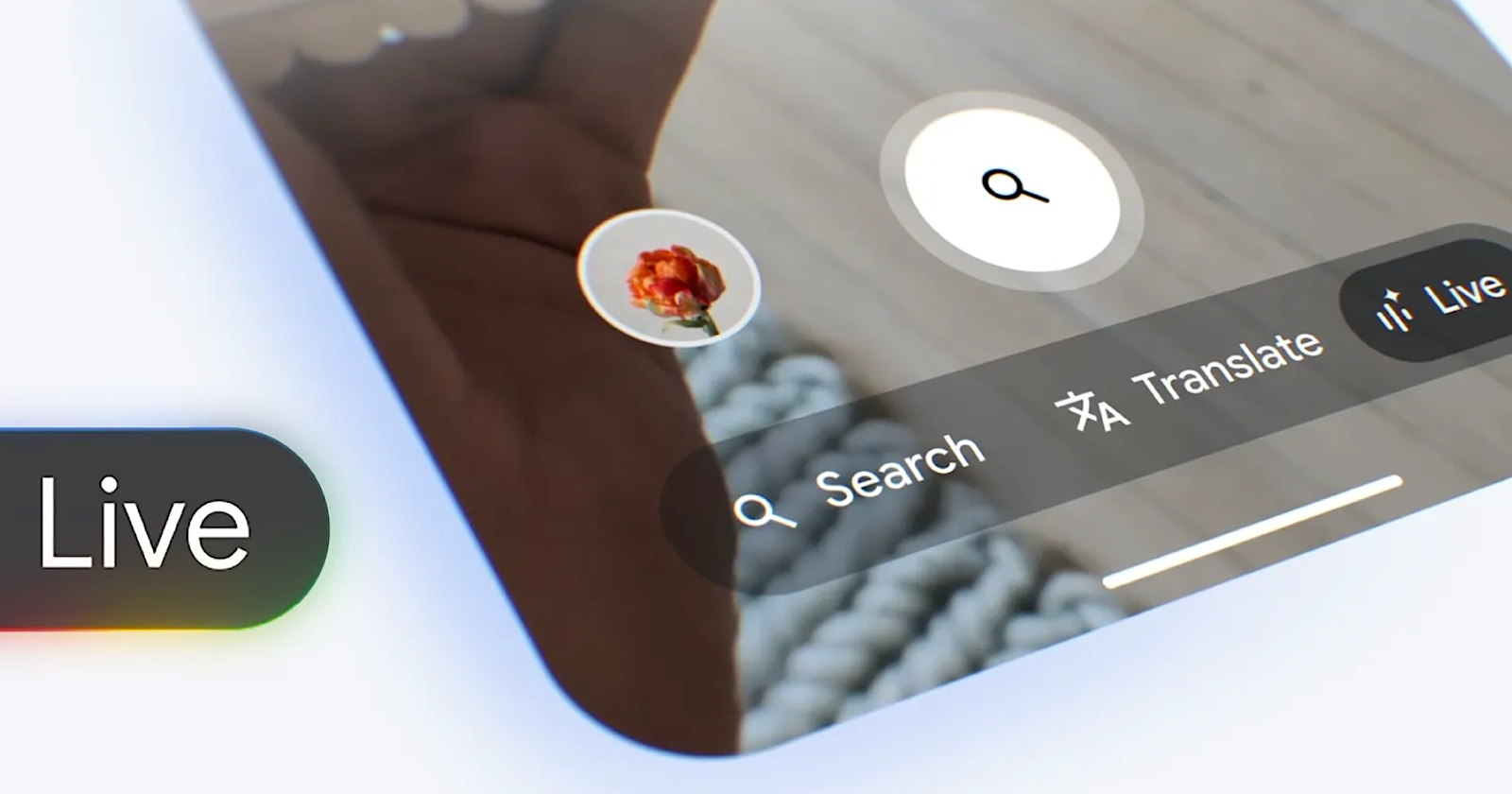The Apple Watch SE is a first-time buyer’s smartwatch
Apple’s entry-level Watch is exactly just that. Get it if you’ve never had an Apple Watch, or give it to your kids. Otherwise, get a Series watch. Continue reading…
/cdn.vox-cdn.com/uploads/chorus_asset/file/24049860/226292_Apple_Watch_SE_PHO_akrales_0047.jpg)
When I reviewed the original Apple Watch SE in 2020, I was certain it was the best option for most people. In fact, my SE review was titled, “Just get the Apple Watch SE.” Back then, the always-on display was relatively new, the bigger screen with thinner bezels hadn’t arrived yet, and advanced features like EKG and blood oxygen monitoring weren’t need-to-haves for most people. (They still aren’t.) But things have changed since then. I no longer believe the SE is the best option for most people. And it’s not that the SE has gotten worse. It’s more that the SE’s role in the Apple Watch lineup has changed.
The original SE was the sensible midrange compromise: faster than the aged, entry-level Series 3 but a more affordable alternative than the then-flagship Series 6 watches. It muddied the waters in the Apple Watch lineup because, really, you weren’t giving up very much. Functionally, it filled the same role as last year’s iPhone model: cheaper, without as many features as the latest phone, but still a pretty great buy that would satisfy most people.
That changed this year when Apple totally refreshed its lineup. The ancient Series 3 has finally been put out to pasture. There’s also a flashy new premium model in the $799 Apple Watch Ultra. The excellent-but-not-particularly-exciting Series 8 has replaced the SE as the underappreciated middle child of the Apple Watch family. And the second-gen SE? It’s now the wearable equivalent of the 2022 iPhone SE.
Slightly better than before
I like a lot about the second-generation SE. It gets the same S8 chip as the Series 8 and Ultra, as well as the same high-g accelerometer and improved gyroscope. Its performance, according to Apple, is 20 percent faster than the original SE, and those new motion sensors mean it’s got crash detection. It also gets newer features in watchOS 9 like medication reminders, the new low-power mode, the redesigned compass app (plus Waypoints and Backtrack), workout views, running metrics — pretty much the whole shebang. Besides the always-on display, the only hardware it’s missing is advanced health sensors like the new temperature, EKG, and blood oxygen sensors.
The SE has a nylon composite back, while the Series 8 (right) has more advanced health sensors.
Oh, and I guess the backs are made of a new nylon composite material that matches the color of the case. You’ll almost never look at it because… it’ll be on your wrist, but Apple’s press release says it makes the watch lighter than before. And it is very, very lightweight — especially the 40mm version. Not only is it much lighter than the Ultra, but it’s also 5–18 grams lighter than the Series 8, depending on which size or case material you buy. That nylon composite backing is also probably why Apple was able to lower the price by $30 to $249 for the 40mm and $279 for the 44mm despite these inflationary times.
The new S8 chip makes it faster than older watches, but you probably won’t notice a big difference unless you’re coming from a Series 4 or earlier. When it comes to battery life and fitness tracking, the new 40mm SE kept up pretty well with my 45mm Series 8 review unit (likely because there’s no always-on display). The new low-power battery mode also helps to extend battery life by quite a bit. How much you get will depend on your battery level when you flip it on, but it got me through a night of sleep tracking when I didn’t feel like topping up the SE before bed. Overall, I was able to get roughly the same mileage as the Series 8 — about 24 hours, with everyday usage.
The second-gen SE has the same chip and motion sensors as the Series 8 and Ultra.
Bottom line: if you’re going to buy an SE, get the second-gen. It’s a more future-proof purchase. The only time I’d make an exception is if you find the original refurbished for $180 or less.
The question is who should get the SE in the first place.
The SE works best for first-time buyers
To no one’s surprise, Apple said at its Far Out event that roughly 80 percent of first-time Apple Watch buyers opt for the SE.
At $249, the SE is a less risky investment.
You can’t really tell if it’s an SE or a regular Series watch at a distance, either.
Buying any Series watch new costs at least $400, which is a big investment if you’re not sold on smartwatches. Smartwatches are on the rise, but they’re still not quite need-to-have devices in the way a smartphone is. For folks on the fence, the SE is a less risky experiment. Not only do you get the gist of what the Apple Watch is all about, but it also gives you the space to see whether the fancier features are something you actually want. Maybe the screen is too small for your liking. You might discover you actually want AOD. Perhaps you hate charging daily, and another device with a longer battery is more suited to your needs. Or, maybe the SE is exactly what you want — fancier features, be damned. Whatever ends up happening, you’re in a more educated position to figure out if this is the platform for you.
It’s also a great option for younger people on a budget. Advanced features like EKG and on-demand blood oxygen monitoring aren’t all that useful for folks with a clean bill of health. Plus, the SE can still detect whether you have an abnormally high or low heart rate.
Family Setup
If you’re buying a new watch to use with Family Setup, especially for a child, the cellular version of the SE makes the most sense. (If you’re unsure whether Family Setup is worth it for you, read our review.) It’s the least expensive Watch to replace if necessary, and you won’t feel quite as bad if it doesn’t work out. Plus, children are unlikely to need the advanced health sensors you’ll find in the flagship Series watches. The SE’s health and safety features will be just fine.
The smaller screen was hard to adjust to after spending time with the 45mm Series 8 and the 49mm Ultra.
The SE is also marketed as a Family Setup option for the elderly, as it supports emergency calling, fall detection, and high and low heart rate notifications. But I’d argue that spending $30 more on a refurbished Series 7 with LTE is the better choice. Take it from me: if your vision isn’t what it used to be, a larger screen where you can crank up the font size is a godsend. And while there’s limited evidence about the efficacy of Apple Watches in improving cardiac health, older people stand to benefit the most from flagship health and safety features. For example, neither the first or second-gen SE is capable of detecting AFib, if that’s a concern. (Though, reminder, no Apple Watch is capable of officially diagnosing a condition, nor is it a medical device.)
It’s up to every family to decide what’s best. But if you’re planning on using Family Setup for an older loved one, it’s also important to discuss consent and what they’re comfortable with. But if it helps to share my experience, I had this exact conversation with my mom when her health declined. Her vision was failing, she had heart health concerns, and ALS meant she was at a heightened risk of falling. Ultimately, she didn’t want to pursue Family Setup and has since passed on. But if she had been open to the idea, I would have bought her a Series 7. She wouldn’t have needed the Series 8’s temperature sensing or crash detection. However, the bigger screen, more advanced heart health sensor, plus fall detection would’ve been worth the extra cost.
Photo by Amelia Holowaty Krales / The Verge and Photo by Amelia Holowaty Krales / The Verge
Few people should upgrade to a new SE
After a year of wearing the 41mm Series 7, followed by testing the 45mm Series 8 and the 49mm Ultra, switching back to the second-gen SE gave my eyes whiplash. What is this, I asked myself, a screen for ants? Unfortunately, the new SE sports the same display as the Series 4–6.
I cannot unsee the thicker bezels. You won’t notice it as much if you use watchfaces with a black background, but it’s no fun to limit your already limited watchface options. It nerfs the new color backgrounds in watchOS 9, too.
The thinner bezels on the Series 8 might be worth it.
Likewise, I’ve gotten used to always seeing the time on my wrist. Giving up the AOD wasn’t so bad back when I went from testing the Series 5 to testing the original SE. But in the two years since then, I’ve grown accustomed to only needing a quick downward glance at my wrist mid-run. I like that I can zone out. I only need to bring it up if I want to view a different screen, control my music, or pause. Now, looking down to see a blank screen is annoying.
These are first-world reviewer problems. (Cue the world’s teeniest violin.) In fact, I’m only annoyed because last time, I only had to give up the AOD. This time, I have to give up the AOD and the bigger display. I’ve come to rely on those features, and it isn’t worth it. But if you’re coming from an older Apple Watch? Hell, sticking with the new SE is a great way to save $150. After all, it’s harder to miss what you’ve never had.
The Ultra is much, much bigger than the 40mm SE.
Say you have a Series 3, Series 4, or original SE, and you don’t give a singular crap about the EKG, blood oxygen, or temperature sensors. You get to save money while still getting a faster experience, newer software in a negligibly bigger case, and crash detection. In these scenarios, you’re getting a 1:1 exchange or better.
It’s murkier for Series 5 and Series 6 owners. You’re looking at the same screen size, and if you don’t value advanced health sensors but want faster performance, this could be a steal. But I’d say you’re better served by a refurbished Series 7 or a new Series 8. You don’t have to use the AOD, but the bigger display is absolutely worth it. Buying last year’s model is also a good way to get more expensive case materials at a more affordable price. Sale holidays like Black Friday, Cyber Monday, and Prime Day are excellent times to hunt for discounts on the Series 7.
I’ll miss the lighter weight, but for me, the always-on display and thinner bezels are worth the extra moolah.
I got used to the SE’s smaller screen after a while, but I was happy to strap the Series 8 and Ultra back on my wrist for further testing. I will miss the lighter weight and the way it looks on my wrist, but not at the expense of my big, beautiful always-on display. But I’m an old biddy in the wearables game. I’m not the SE’s target audience. Now, if you’ve never had an Apple Watch and feel curious, skeptical, and wary at the same time — the SE is the right choice for you.
Photography by Amelia Holowaty Krales / The Verge
Agree to Continue: Apple Watch SE (2022)
Every smart device now requires you to agree to a series of terms and conditions before you can use it — contracts that no one actually reads. It’s impossible for us to read and analyze every single one of these agreements. But we started counting exactly how many times you have to hit “agree” to use devices when we review them since these are agreements most people don’t read and definitely can’t negotiate.
You can only use the Apple Watch SE (2022) with an iPhone. That means you’ll have already agreed to the iPhone’s terms of service and privacy agreements. Using optional services, like Apple Pay, Apple Music, or Fitness Plus, with your SE will also come with their own agreements. Using the Health app also comes with its own terms and conditions.
If you choose to enable cellular service, you’ll also have to agree to your carrier’s terms. I activated cellular on T-Mobile and was asked to agree to one mandatory agreement.
If you add any third-party apps or integrations, you must also agree to those individual terms and privacy policies.
Specific to the Apple Watch, you must agree to the following:
Final tally: one mandatory agreement plus any mandatory agreements for your iPhone. Several, several optional agreements.

 FrankLin
FrankLin 









